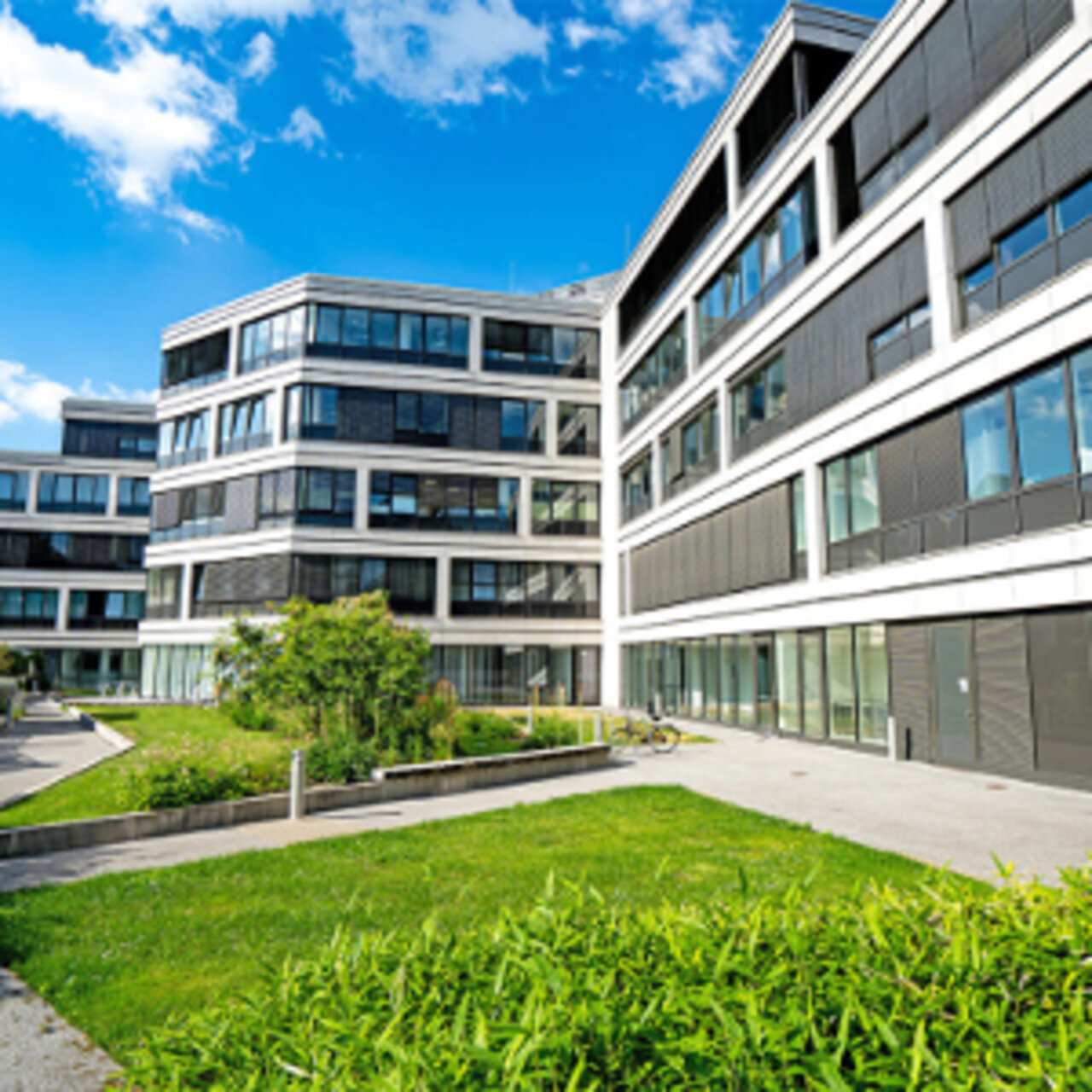Specialists in Spinal pain
9 Specialists found
Information About the Field of Spinal pain
Spinal pain: When your back burns and stings
The spinal column is the central organ of orthopedics. Roughly every second orthopedic patient has complaints concerning pain around the spine. Hence the great relevance of this topic.
The spine is composed of the bony vertebrae, the interposed cartilaginous discs, ligaments and joints. While this allows for movement in different planes, it also provides a high degree of stability. The spine as a whole is therefore a central support structure.
Also for neurology the spinal column plays an important role. As a whole, the vertebrae create a bony canal through which the spinal cord runs. Between every two vertebrae, a pair of spinal nerves exits to feed the various muscles and organs. Therefore, spinal column disorders can affect the nervous system as well.
The spine carries out its support function along with the muscles of the back. A number of muscles are attached to bony parts of the spine and give the musculoskeletal system the required stability.
The spine as a whole forms a double S-shape. We can divide it into sections, each of which has a different range of motion.
The cervical spine forms the uppermost part and supports and moves the head. It is followed by the thoracic spine (thoracic spine) and the lumbar spine.
What are frequent causes of spinal pain?
Because our spine functions in so many different ways, pain can arise in the spine due to a variety of causes. The most common causes of spinal pain will be listed here.
Degenerative spinal diseases
In medicine, the term degenerative is used to describe processes of wear and tear that cause the function of an organ to be restricted. In cases where joints are affected by such processes, we speak of osteoarthritis.
While these are normal signs of aging, they generally imply a reduction in the quality of life for patients and should be treated as much as possible.
Spinal column wear and tear, for example, may affect various joints. As a result, the mobility of the individual vertebrae in relation to each other is restricted to a painful degree.
Besides the joints, the intervertebral discs are also impacted by degenerative processes. Then they become more and more inelastic and start to develop fine cracks. As a consequence, the intervertebral discs may bulge or prolapse.
Congenital spine disorders
Congenital disorders of the spine mainly affect the posture and shape of the spine.
In many cases, postural disorders of the spine are simply variations and do not necessarily have to be pathological. Nevertheless, they frequently promote the occurrence of intervertebral disc damage or imbalances of the back musculature.
Such postural disorders include, for instance, a more curved back, shoulders that protrude forward, or a pelvis that is tilted forward. Treatment usually consists of specific training of the back muscles to correct the poor posture.
At birth, the spine has more of a c-shaped curvature, and the typical double-S shape of the spine only develops when the child learns to walk upright. During development, the spine can take on exaggerated curvatures to the front (hyperlordosis) or to the back (hyperkyphosis), which can trigger spinal pain.
In contrast, the spine should not be curved in the sideways plane. However, if a lateral curvature is present, it is referred to as scoliosis. Scoliosis is a congenital condition in over 90% of cases, although it can also be caused by other factors like muscle disorders. A lot of patients with scoliosis do not even notice any limitations, but it may also be so pronounced that therapy becomes necessary.
Inflammatory spinal diseases
Among the most common inflammatory diseases of the spine is a condition called ankylosing spondylitis. It is a rheumatic disease that results in the spine gradually stiffening. It is due to an increased ossification of the joints.
In most cases, the disease starts with nonspecific lower back pain. While ankylosing spondylitis cannot be cured, its progression can be slowed down by proper exercise therapy.
Inflammatory spinal diseases may also be caused by bacterial agents. Osteomyelitis is an example of such a condition where bones are damaged by a variety of bacteria and this can also affect the spine.
Spinal injuries
Accidents can bring about injuries to the spine. Often, this causes one or more vertebral bodies to fracture, but it can also injure the intervertebral discs or nerves.
Depending on their severity, vertebral body fractures may require surgery and a long healing process and follow-up treatment. Loss of stability or misalignment may result, leading to spinal pain.
Acute and chronic spinal pain
Distinguishing between acute and chronic spinal pain is not completely clear in the medical literature. Usually, back pain that lasts longer than 12 weeks is considered to be chronic. Shorter lasting back pain is considered acute.
It should not be forgotten, though, that this classification only takes into account the time factor and only provides a very rough categorization of spinal pain.
For this reason, it is often stressed in the case of chronic or chronified back pain that it is a multifactorial disease process. In other words, there are many different factors that contribute to the occurrence of pain. They include not only pathological changes of the spine or muscular tension and shortening, but also the effect of a certain posture as well as psychological components.
Spinal pain after surgery
Because of the complex structure of the spine and its vicinity to the spinal cord, spinal surgeries are always very demanding for the surgeons. Nevertheless, there are clinical scenarios which call for surgical intervention.
After surgery, the main challenge is to restore mobility and stability without jeopardizing the results of the operation. This often affects the back muscles and nerve structures first, meaning that patients suffer from spinal pain after an operation.
This is why we need to establish a properly planned aftercare regimen for all spinal surgeries. It includes appropriate exercise therapy to strengthen the back muscles as well as adequate pain therapy.
When should you see a doctor with spinal pain?
It is hard to find a universal statement as to when a patient with spinal pain should consult a doctor. Some factors should be taken into account, however, and a doctor must be consulted if they are present.
Spinal pain that persists over a long period of time or severely restricts everyday life must be carefully diagnosed and treated.
In addition, there are so-called warning symptoms, which should be addressed by a doctor as soon as possible. Among these are severe pain, numbness, paralysis, disturbances when urinating or sudden incontinence.
Such symptoms may indicate an impairment of nerves and need urgent attention in order to prevent permanent damage.
Which doctors and clinics specialize in spinal pain?
In the case of spinal pain, a complex clinical picture is present and in most cases there are many different factors contributing to the development and manifestation of the disease. This is why interdisciplinary cooperation between orthopedists, neurologists, internal doctors, spine surgeons and pain therapists is appropriate in the treatment.
Particularly patients with chronic spinal pain have to face a massive challenge when it comes to finding the right specialists for their condition. Our goal is to match patients with appropriate specialists and to provide them with high quality medical care.
All doctors listed here are experts in their respective fields and are highly experienced in the treatment of spinal pain. Schedule an initial consultation quickly and easily with one of our specialists who are looking forward to your wish for treatment.
Sources:
- Joachim Grifka, „Orthopädie und Unfallchirurgie“, 10. Auflage, Springer-Verlag, 2021.
- Casser/ Hasenbring/ Becker/ Baron, „Rückenschmerzen und Nackenschmerzen, interdisziplinäre Diagnostik und Therapie, Versorgungspfade, Patientenedukation, Begutachtung, Langzeitbetreuung“, Springer-Verlag, 2016.








